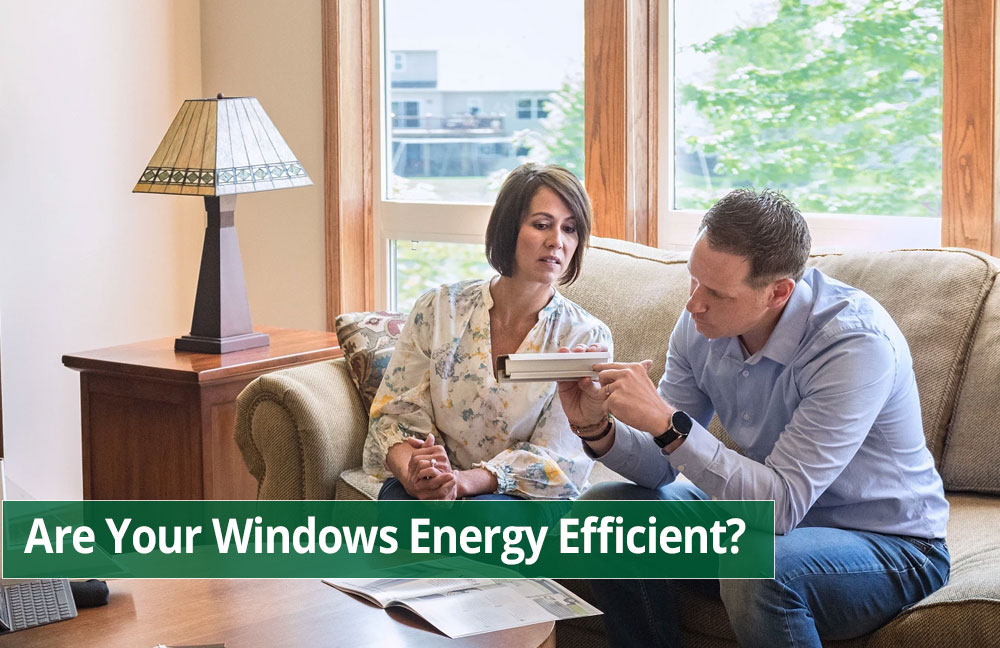

Are your windows energy inefficient? They might be, especially if they’re older. Windows that are more than two decades old (and even some younger) are likely to be far less efficient than windows that are made today. Knowing the signs that your windows are inefficient, and making a plan to address this problem can help you save money and make your home more comfortable at the same time. Here’s what you need to know.
More than likely, if your windows are inefficient, there will be multiple ways that you can tell.
There are a few things you can do to improve your window’s efficiency. What you choose to do should depend on your budget, the severity of your problem, the age and condition of your windows and how long you’d like your solution to last.
Install weatherstripping around your windows to seal gaps and prevent air leaks. Weatherstripping is a low-cost solution that can save you money, as long as you replace the weatherstripping on a periodic basis. It doesn’t last very long. Most weatherstripping needs to be replaced every few years.
Caulking around windows prevents air leaks by sealing gaps, but caulking doesn’t last forever. Check the caulking around your windows – inside and outside – and replace caulking that has cracked or broken. This can be a time-consuming process, so you can also hire a handyman or a contractor to do the work.
Replace your old windows with Renewal by Andersen of Long Island’s replacement windows. Our dual-pane windows are made with long-lasting Fibrex frames and low-e glass to prevent transmission of heat throughout the year. That helps your home remain a comfortable temperature, even when the temperature outside is very hot or very cold.
If you’ve got the budget to replace your windows, and your current windows are very inefficient, contact Renewal by Andersen of Long Island. To make an appointment, call our toll-free number at (866) 609-5033 or fill out the short form on this page.

Learn Everything You Need to Know BEFORE Buying Replacement WindowsClick Here to Download Now!